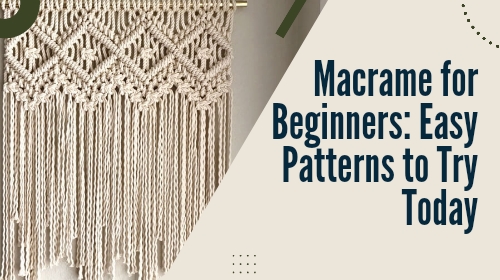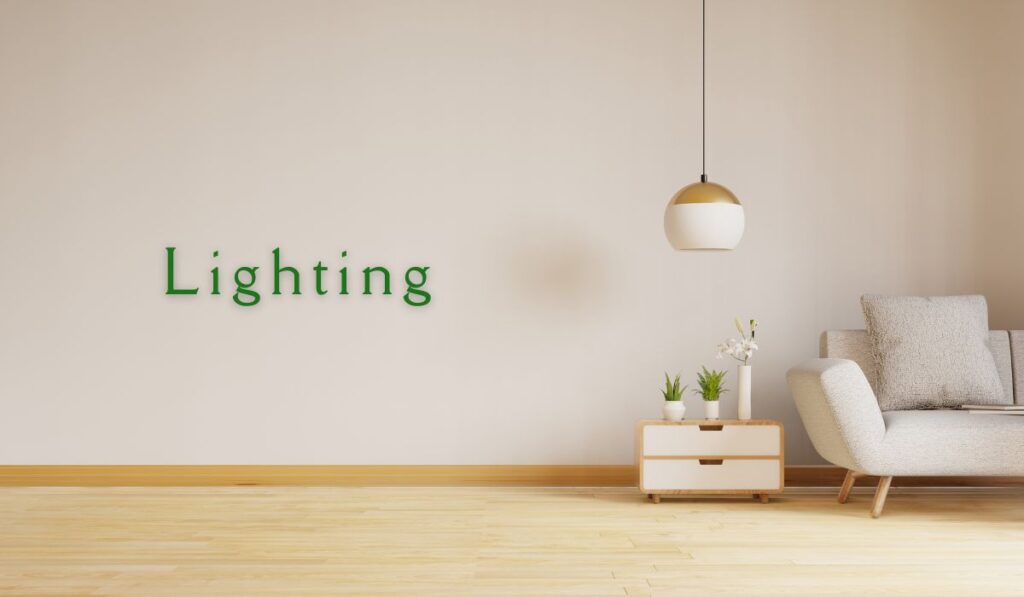
Macrame for Beginners: Easy Patterns to Try Today
Macrame is a lovely art form that involves knotting cords to create various patterns and designs. It is a versatile craft that can be used to create anything from jewelry to home decor to plant hangers and wall hangings. If you’re new to macrame, there are a few simple patterns you can try right now to get started.
In this article, we will go over some of the basic macrame knots and provide step-by-step instructions for three different beginner-friendly patterns.
Supplies Required for Macrame
There are a few basic materials you will need before beginning any macrame project. These consist of:
- Cording: Macrame cords can be made of a variety of materials, including cotton, jute, hemp, or nylon. Select a cord that fits your project well and is simple to work with.
- Scissors: For trimming cords, a good pair of scissors are a necessity.
- Measuring Tape: Use a tape measure to measure and cut cords to the correct length.
- Dowel or Ring: The foundation of your macramé project will be a dowel or ring.
Basic Macrame Knots
In macrame, a number of fundamental knots are employed. These consist of:
1. Square Knot
One of the most popular knots used in macrame is the square knot. It produces a flat, symmetrical knot out of two cords. These actions should be taken to tie a square knot:
- Placing the left cord on top of the right cord.
- Bring the left cord through the loop that was made on the right side, then under the right cord.
- To tie a knot, pull the cords firmly.
- Use the right cord over the left cord and follow the same procedure.
2. Half Knot
One cord is used in the half knot, which is a straightforward knot. It produces the appearance of a spiral and is frequently used as a decorative knot. The steps to tie a half knot are as follows:
- Bring the left end of the cord over the right end to form a loop.
- Put the left end through the loop and the right end behind it.
- Pull firmly on the knot.
- Place the right end over the left end and carry out the same procedure.
3. Lark’s Head Knot
A simple knot for fastening cords to a base is the Lark’s Head knot. These actions should be taken to tie a Lark’s Head knot:
- The cord is folded in half.
- Substitute the dowel or ring with the folded end.
- Bring the two loose ends through the folded end and over the dowel or ring.
- Pull firmly on the knot.
Simple Macrame Designs for Newbies
It’s time to try some simple patterns now that you know the basics of macrame and the knots.
1. Wall Hanging
A straightforward pattern to try is a wall hanging. To create a straightforward wall hanging, you will need:
- A single 12 foot long piece of cord
- A stick
Instructions:
- Using a Lark’s Head knot, fold the cord in half and fasten it to the dowel.
- Make a half knot with the left cord and the right cord.
- To wrap the right cord around the left cord, repeat the process.
- Make half knots as necessary until the desired length is reached.
- Trim any extra cord after tying a knot at the end.
2. Keychain
Making a keychain out of extra cord is a simple and quick project. You will need the following to make a basic keychain:
- 12 inches of cord, one piece.
- A keychain
Instructions:
- Using a Lark’s Head knot, fold the cord in half and fasten it to the keyring.
- By crossing the left cord over the right cord, then the right cord over the left cord, you can tie a square knot.
- Then, place the left cord over the right cord before repeating the process with the right cord over the left cord.
- Square knots should be tied repeatedly until the desired length is reached.
- Trim any extra cord after tying a knot at the end.
Regardless of skill level, anyone can enjoy the relaxing and fun hobby of macrame. Beginners can make stunning home decor items with a few simple materials and simple patterns. Before beginning any projects, always remember to practice the fundamental knots. Also, have fun experimenting with various cords and patterns.







